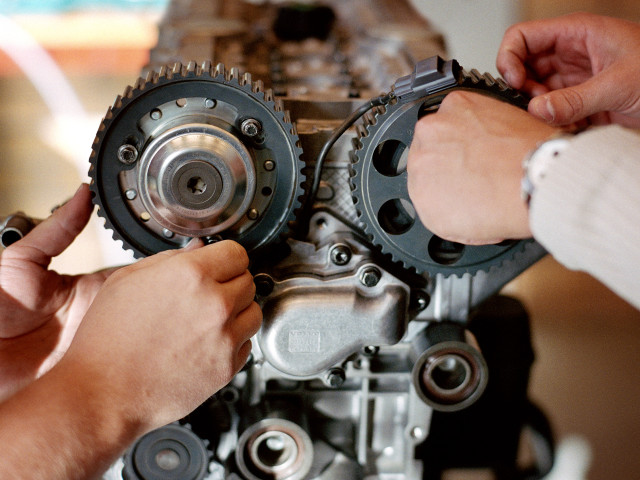Lectures and seminars introducing basic ship theory, the ship design process, and systems engineering concepts. Hands on development of a computer code for ship hydrostatics analysis. Hands on experiments on ship stability and resistance. Visits and exercises on board ships. Individual ship design project and related workshops.
SD2721 Ship Design 9.0 credits

Information per course offering
Choose semester and course offering to see current information and more about the course, such as course syllabus, study period, and application information.
Information for Autumn 2025 Start 25 Aug 2025 programme students
- Course location
KTH Campus
- Duration
- 25 Aug 2025 - 12 Jan 2026
- Periods
- P1 (6.0 hp), P2 (3.0 hp)
- Pace of study
33%
- Application code
51428
- Form of study
Normal Daytime
- Language of instruction
English
- Course memo
- Course memo is not published
- Number of places
Max: 30
- Target group
All master programmes as long as it can be included in your programme.
- Planned modular schedule
- [object Object]
- Schedule
- Schedule is not published
Contact
Course syllabus as PDF
Please note: all information from the Course syllabus is available on this page in an accessible format.
Course syllabus SD2721 (Spring 2022–)Content and learning outcomes
Course contents
Intended learning outcomes
This course gives an introduction to naval architecture, i.e. the engineering design of ships and other marine technology systems, and basic ship theory such as hydrostatics, stability, resistance and propulsion. The objective is that students after finishing the course shall be able to:
- demonstrate knowledge and understanding of the scientific basis and proven experience of ship design and insight into current research and development work;
- demonstrate methodological knowledge and understanding in ship hydrostatics, stability, resistance and propulsion;
- demonstrate ability to model, simulate, predict and evaluate ships' hydrostatics, stability, resistance, and energy and resource efficiency, even on the basis of limited information;
- demonstrate ability to critically, independently and creatively make the initial design of a ship for a certain transport scenario, taking into account relevant scientific, social, ethical, economic and environmental aspects, and international regulatory frameworks;
- give an account of the international shipping markets and the corresponding stakeholders, goods flow paths, and ship types;
- discuss the opportunities for seaborne transportation in a sustainable society and describe the shipping-related environmental problems and measures for tackling them;
- demonstrate ability to plan and carry out advanced engineering tasks within given frames using appropriate methods and to evaluate this work;
- demonstrate ability to clearly present and discuss engineering conclusions and the knowledge and arguments behind them, in dialogue with different groups, orally and in writing, in national and international contexts.
Literature and preparations
Specific prerequisites
BSc in Vehicle Engineering, Engineering Physics, Mechanical Engineering or similar.
English B / English 6
Literature
Examination and completion
If the course is discontinued, students may request to be examined during the following two academic years.
Grading scale
Examination
- ÖVN1 - Assignments, 4.5 credits, grading scale: A, B, C, D, E, FX, F
- ÖVN2 - Assignments, 4.5 credits, grading scale: A, B, C, D, E, FX, F
Based on recommendation from KTH’s coordinator for disabilities, the examiner will decide how to adapt an examination for students with documented disability.
The examiner may apply another examination format when re-examining individual students.
Other requirements for final grade
ÖVN1 - 4,5 ECTS
ÖVN2 - 4,5 ECTS
Examiner
Ethical approach
- All members of a group are responsible for the group's work.
- In any assessment, every student shall honestly disclose any help received and sources used.
- In an oral assessment, every student shall be able to present and answer questions about the entire assignment and solution.